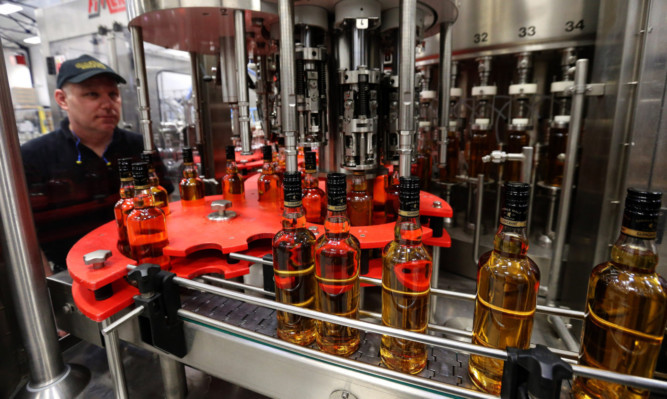Employment numbers in Scotland will not return to their pre-crash levels until the end of the decade, a major new report has warned.
Although the Ernst & Young Scottish Item Club found that Scotland’s economy is performing better this year than originally expected with the growth forecast for 2013 inching upwards from the 0.7% predicted last year to 0.8% it also warns the economy remains stuck in the “slow lane” and that uncertainty surrounding next year’s independence referendum could hinder its recovery.
Scotland’s growth forecast is slightly lower than the 1% predicted for the UK as a whole. Further growth of 1.4% and 2% is expected during next year and 2015 respectively.
Although employment will continue to rise gradually in coming years, it will not return to the levels reached before the global economic crisis of 2008 until 2020.
Further job losses are expected in the public sector, manufacturing and other primary industries, with professional, scientific and technical services identified as potential employment growth areas.
However, the entire forecast depends on the assumption that the eurozone remains intact, with growth in the US sustained and world trade growth accelerating.
Additionally, forecasts for the future of the Scottish economy face uncertainties thrown up by Scotland’s slower recovery of employment since 2008 and the potential impact of next year’s referendum.
Dougie Adams, senior economic adviser to the Ernst & Young Scottish Item Club, said: “The recovery of global trade and a gradual increase in business confidence points to a better year, but it’s fair to say that the Scottish and UK economies have been stuck in the slow lane since the financial crisis.
“There has been a failure to return to what was once taken for granted as normal growth.”
But Mr Adams added: “Scotland’s businesses are, on average, performing at least as well as their UK peers.”
Scotland’s share of the UK’s non-oil exports increased from just over 5% to more than 6%, but this remains well below the share achieved prior to the electronics bust that occurred early in the last decade.
Drink exports now account for 28% of Scottish exports, a 10 percentage point increase on its position 10 years ago.
Jim Bishop, Ernst & Young’s Scotland senior partner, said: “Investment in capital projects has supported Scotland’s economy to an extent, but attention must also be placed on expanding the country’s export base.
“When you consider that exports in traditional areas such as engineering are down, there is danger in Scotland’s non-oil export performance becoming heavily exposed to the continued success of one industry that relies heavily on an appetite for high-end consumer products in the emerging economies.”
Dougie Adams concluded: “The hope is that the recovery will really take hold as we move into 2014, but it can’t be taken for granted.
“Forecasts on exports and investment remain hostage to developments in Europe where the spectre of widespread defaults still loom.
“Domestically, it still remains to be seen whether a ‘wait-and-see’ attitude will develop towards Scotland while the country’s constitutional future is decided.”
